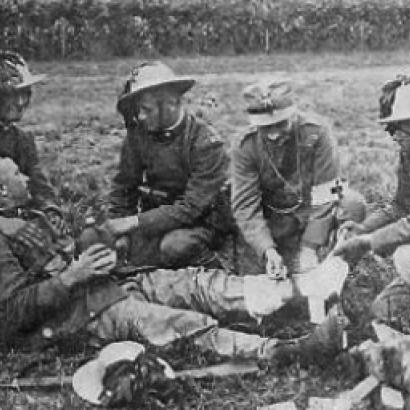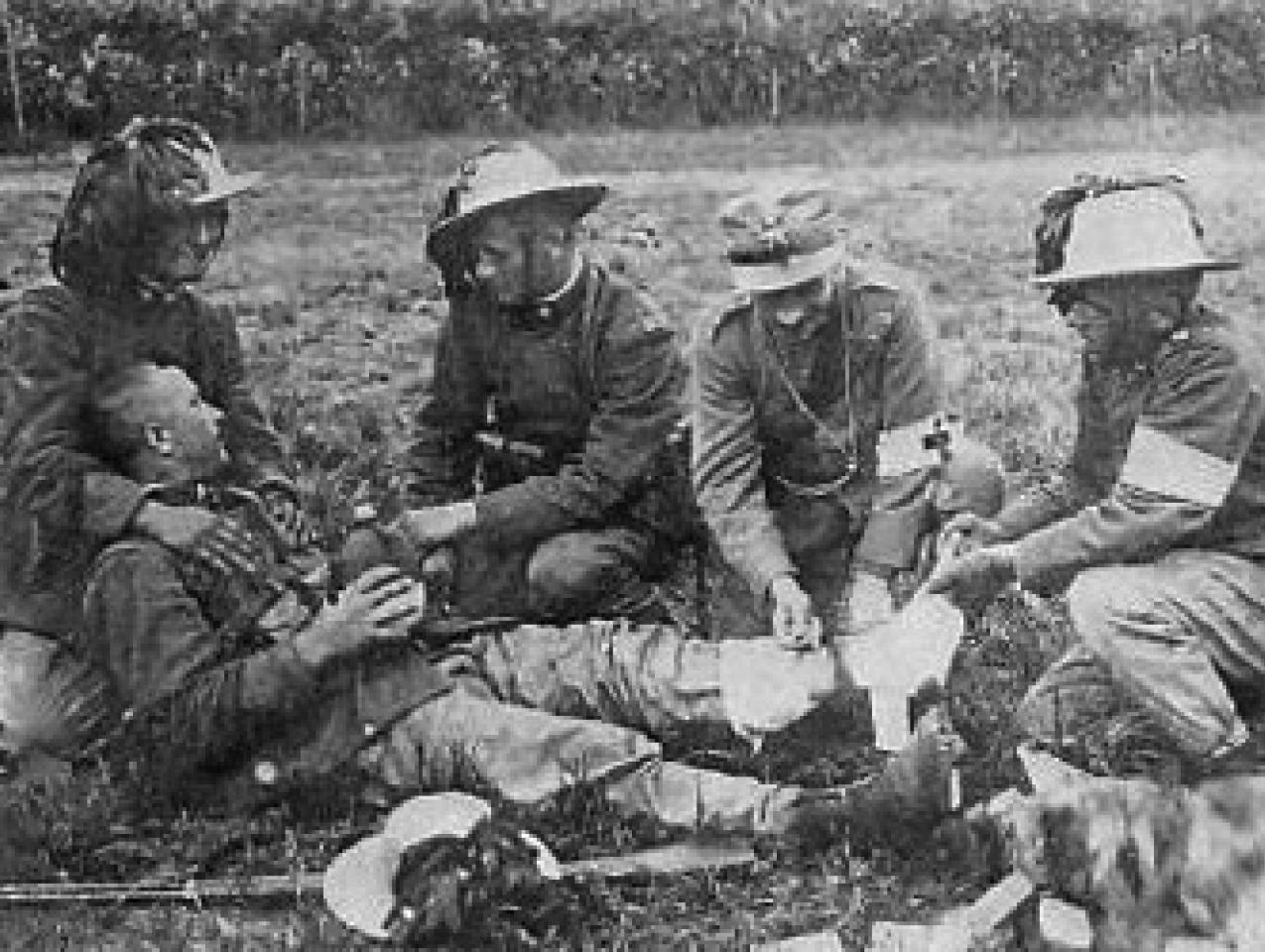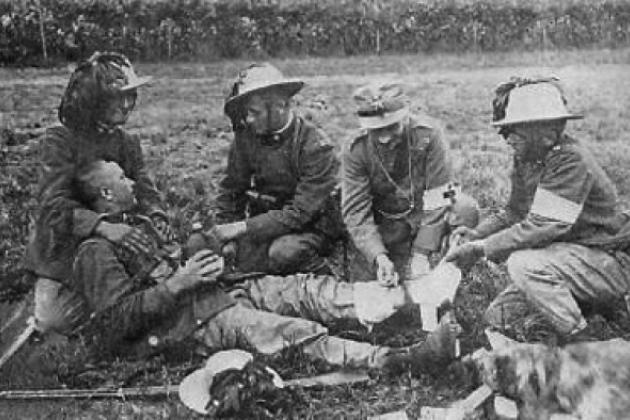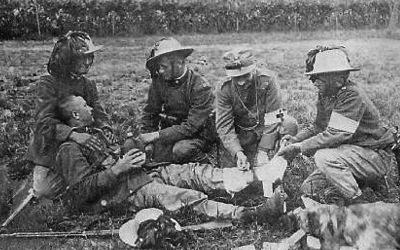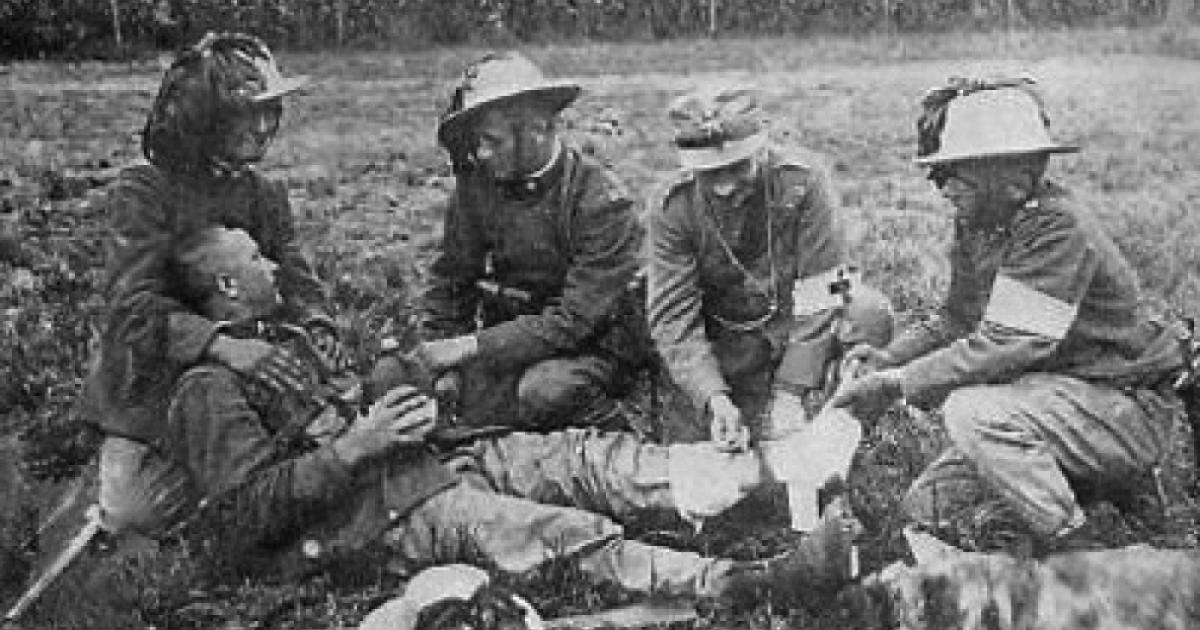Geoffrey Blainey’s The Causes of War is a genuinely wonderful book. I had it pressed on me by one of the Pentagon’s most thoughtful people, and while it’s not a new book, it should be at the top of the reading lists of people interested in international relations. Like much else in the book, Blainey is straightforward in his title: he is examining why wars occur. He quotes Clausewitz to the effect that of all the branches of human activity, war is the most like a gambling game, and Blainey’s approach is very much marked by game theory.
Blainey argues that assessments of relative power drive decisions on war and peace, and that war occurs when nations misjudge their relative power. He writes, “War is usually the outcome of a diplomatic crisis which cannot be solved because both sides have conflicting estimates of their bargaining power.” Disputes about issues central to states’ interests can be negotiated when there is a clear hierarchy of power—the weaker compromises to prevent war. When there is doubt about the weaker party, compromise is elusive and wars occur, because “war itself provides the most reliable and most objective test of which nation or alliance is the most powerful...war was therefore usually followed by an orderly market in political power, or in other words, peace.”
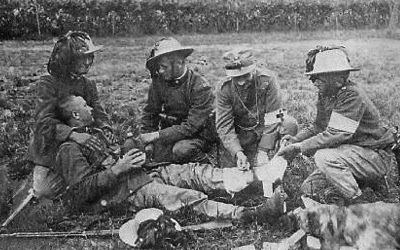
World War I (Photo credit: kg12345)
Blainey draws heavily on the work of Kenneth Boulding, especially the insight that “threat systems are the basis of politics as exchange systems are the basis of economics.” Threats keep peace as well as provoke wars. The pattern most striking to him assessing the data from three centuries of warfare is that leaders are typically optimistic commencing a war. From there, he draws the conclusion that “if two nations are deep in disagreement on a vital issue, and if both expect that they will easily win a war, then war is highly likely. If neither nation is confident of victory, or if they expect victory to come only after long fighting, then war is unlikely.” He proceeds to offer a very persuasive set of historical proofs to support it.
The economic correlation Blainey finds is particularly interesting: war is more likely to occur as optimism about an economic recovery increases. Blainey is no determinist; he sees the historical specifics as important in each war. But looking across 300 years of war and peace, he sees the greatest incidence of wars when states are confident about their future, even when others in the international order rate their futures less optimistically. World War I is, as he so wonderfully phrases it, “the haven of the theory.” Blainey quotes Bethmann Hollweg, chancellor of Germany at the outbreak of the war: “Our people had developed so amazingly in the last twenty years that wide circles succumbed to the temptation of overestimating our enormous forces in relation to those of the rest of the world.”
What makes Blainey’s book so enjoyable is that he’s a stickler for evidence. He examines the historical record and finds that many academic theories about why wars start are, simply, inaccurate. Among those theories are explanations of war as conflicts to generate national unity in times of civil strife; as opportunistic grabs for power; as excuses for economic deprivation; as means to increase economic and cultural connectedness; as caused by peace terms in a previous war; as “accidental”; and as arms races—he finds none of these theories stands up against the facts..
Realists would categorize Blainey as a member of their camp since he is obsessed with power. But I doubt he would consent to be so labeled. A central tenet of realist theory is that states seek to maximize their power; Blainey makes no claims to state motivation; he considers it unimportant. Perceptions of relative strength, rather, are the motivation for warfare.
He identifies seven main factors of a state’s relative strength, the combination of which determines the chances of war: military strength and the ability to apply that strength efficiently in the chosen zone of war; predictions of how outside nations would behave; perceptions of the state’s and its enemies’ internal unity or discord; memories of the sufferings caused by the previous wars; perceptions of prosperity and of ability to economically sustain the kind of war envisaged; nationalism and ideology; and the personality and mental qualities of the opposing sides’ leaders. Those are too many variables for the Realist school to catalogue.
But Blainey does have characteristics of the Realist approach, especially when he argues that “the capacity of an ‘advanced nation’ to conquer quickly was often retarded by its liberalism and its respect for human life.” He is derisive about miscalculation as a cause of warfare, believing it to be “a description masquerading as an explanation,” since “on the eve of each war at least one of the nations miscalculated its bargaining power. In that sense every war comes from a misunderstanding.”
Blainey is especially good rebutting what he calls the Manchester theory, which is that commercial and intellectual progress reduce grievance and misunderstandings that cause wars. This approach, which was common among progressives in 19th century Britain, envisioned the expansion of travel, commercial linkages, and the decline of religion to remove the causes of war. Blainey assesses that “its optimism about human nature and distrust of excessive force reflect the security of its home environment.” That is, it says more about its advocates than warfare. It should give pause to supporters of Wilsonianism that he finds such little support for our generosity to former enemies and making the world in our image preventing future wars.
He also has a very fine chapter on the myths of the nuclear era, reminiscent of the arguments in George Quester’s Deterrence Before Hiroshima. Blainey points out that deterrence existed before nuclear weapons, that the technological innovation of the weapons themselves may be overrated as a cause of peace, and that they are as likely to usher in long wars as cataclysmically short ones. Blainey concludes “a heavily-armed world is hardly a reassuring spectacle, but if no alliance or superpower believes it can gain victory by using its massive arms, then the peace is likely to continue.”
The only part of the book that is unpersuasive is Blainey’s attempt to argue that blame is pointless in warfare since “war can only begin and can only continue with the consent of at least two nations.” That is, the parties bear equivalent blame, irrespective of who attacks first. He is, of course, right that much blame is propagandistically apportioned by the winners against the losers, and that the run up to actual fighting typically involves many iterations of interaction. But that does not mean a strong power is justified in demanding anything it desires from a weak power.
Expansionist aims are inherently less sympathetic than preservationist aims, despotism less virtuous than the desire for freedom. And Blainey hurts his case by asserting that Germany “be exonerated for invading Poland in 1939 because on the eve of war she sought humbler concessions than her military might justified; Poland would thereby become the culprit for refusing those concessions.” This is the kind of argumentative cuteness he rightly assails in much of the book, the taking of a reasonable point to ridiculous extreme.
Still, this is an overwhelmingly interesting and important book, full of wonderful insights that challenge traditional political science issues. It also includes some really fine writing, such as this passage: “One vanity of the twentieth century is the belief that it experienced the first world wars, but at least five wars in the eighteenth century involved so many nations and spanned so much of the globe that they could also be called world wars.”
Blainey further does the reader a great service by unearthing historical artifacts whose effects on warfare are largely forgotten: in the days of mercenary armies, for instance, war tactics were more cautious because the rates of desertion were so high. But someone like Napoleon had greater loyalty and therefore could take more risks, like dispersing his troops.
Blainey’s insights are relevant today, as when he concludes that societies have historically been “persuaded to fight because most of their leaders were excessively optimistic and impatient men, and persuaded to cease fighting because those leaders, having failed, had been replaced by more cautious men.” That reads like an epithet of the Iraq and Afghanistan wars, which is yet another reason The Causes of War should be required reading for national security experts.








